Metropolis Ancient Settlement
The first residential area of Torbalı, located 45 km east of İzmir, is the ancient city of Metropolis, which was established on a hill between Yeniköy and Özbey villages in the west of Torbalı Plain.
European travelers J.Spon and G.Wheler first mention of Metropolis in the 17th century. These travelers came to the region in 1675 and stated that the ruins located between Yeniköy and Özbey villages of Torbalı district belong to the ancient city of Metropolis.
The history
In the 19th century, researcher A. Fontier from İzmir determined the ancient names of Çevlik and Fetrek streams around Metropolis as 'Astraios' and 'Phyrites' after her research on inscriptions and topography in Metropolis, and briefly described the ruins of the city. The first detailed scientific study on the history of Metropolis and its inscriptions was carried out by the Austrian scientist J. Keil before the First World War. Between 1972-1975, Prof.Dr. Recep Meriç conducted a systematic survey in Metropolis, the results of which were later published in Germany, and in 1989, scientific excavations were initiated under the leadership of Torbalı Municipality. These excavations are supported by Torbalı Municipality, Metropolis Lovers Association, Sabancı Foundation and İzmir Metropolitan Municipality.The excavations are continuing by Serdar Aybek since 2006. Metropolis was founded by the men of Lyzimachos during the Selluokos Kingdom in the 3rd century BC. Metropolis means Mother Goddess city. The statue of the mother goddess (locally known as Metagallezya), who gave the city its name, was found in excavations at Uyuzdere. Metropolis developed in the Hellenistic period (1-2th century BC), the city was surrounded by magnificent city walls, a temple was built in the name of Ares, the god of war, and monumental public buildings such as stoa and theater were built. Metropolis, known to be an important center of the Hellenistic period in terms of art, created extremely high quality and original sculptures. During the Roman Empire period, the city developed down the slopes. The Atrium, Roman House, Zeus and Twelve God temples are from this period. During the Byzantine period, the city, which was the center of the city bishopric, began to shrink because of wars, the walls narrowed and the city was limited to the castle, stoa and acropolis.The theater, which is built on a natural slope, hosts the social, cultural and artistic activities of the city. The theater, which is completely made of marble, consists of the orchestra, the stage building, the seating areas and the noble seats in the front. These chairs made for important guests, religious leaders and emperors from outside are among the best examples of the marble workmanship of the Hellenistic period. Behind these seats, there is a lightning beam of Zeus and a shielded Ares relief. The theater, which was first built in the late Hellenistic period and whose stage building was expanded in the Roman Period, has a capacity of 8-10 thousand people. The cavea, which has a seat, is divided into two diazomas by a corridor. The edges of the stairs are decorated with lion feet, each with different patterns. The theater lost its function in the 4th century AD.
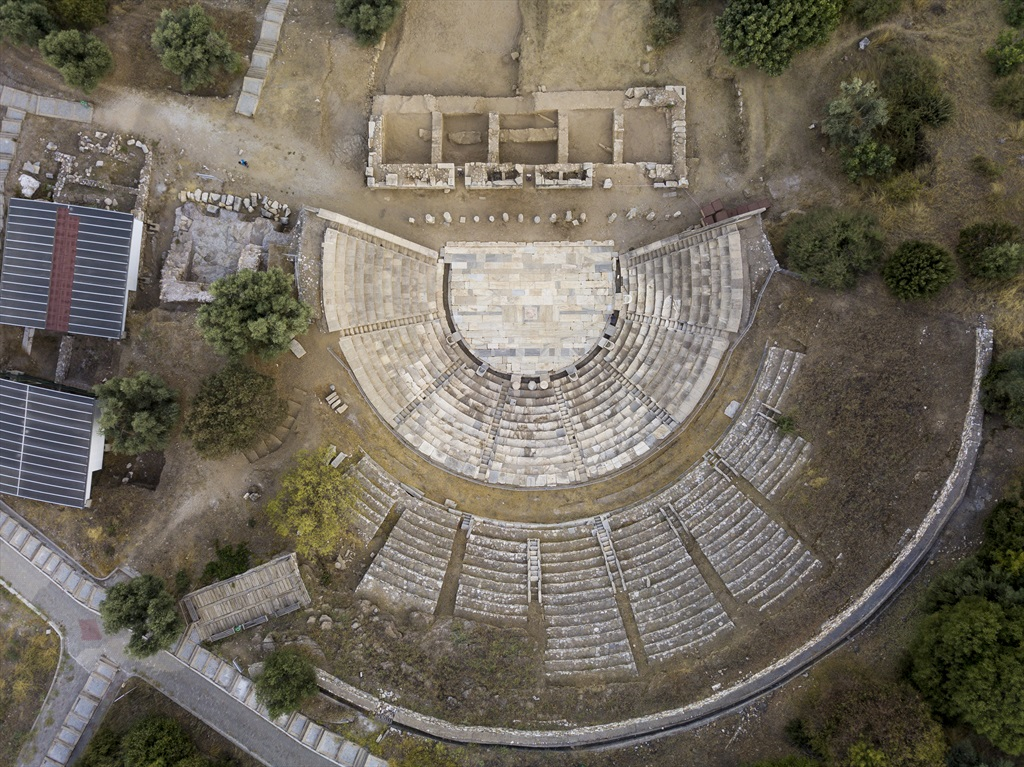

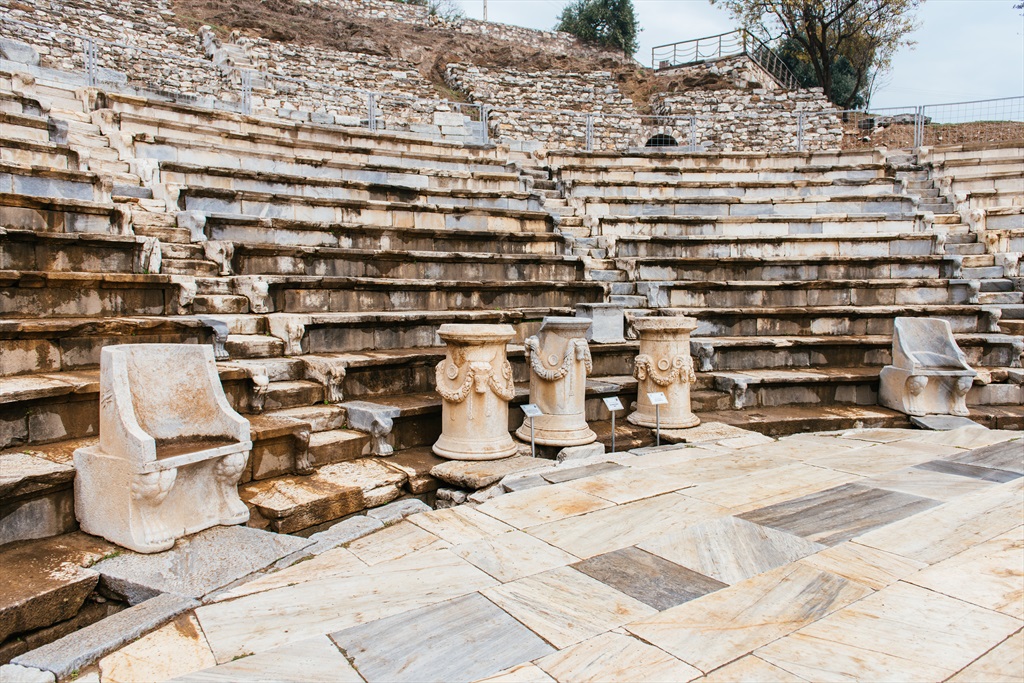
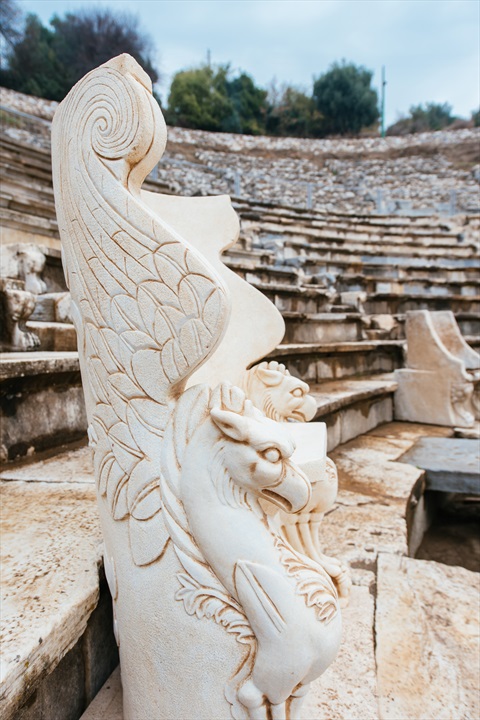
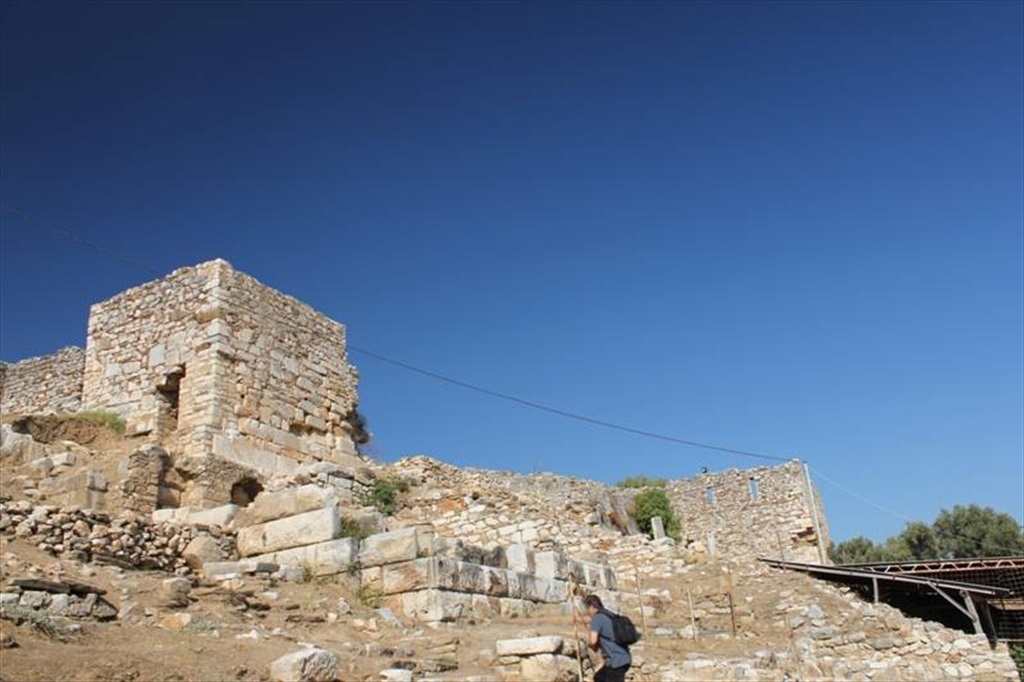
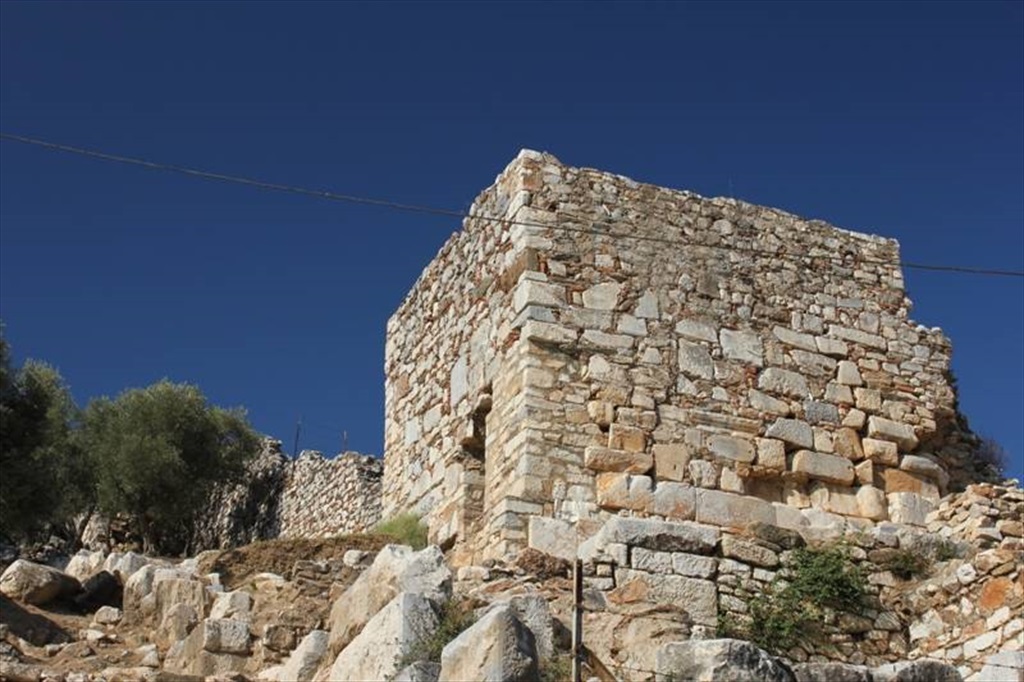
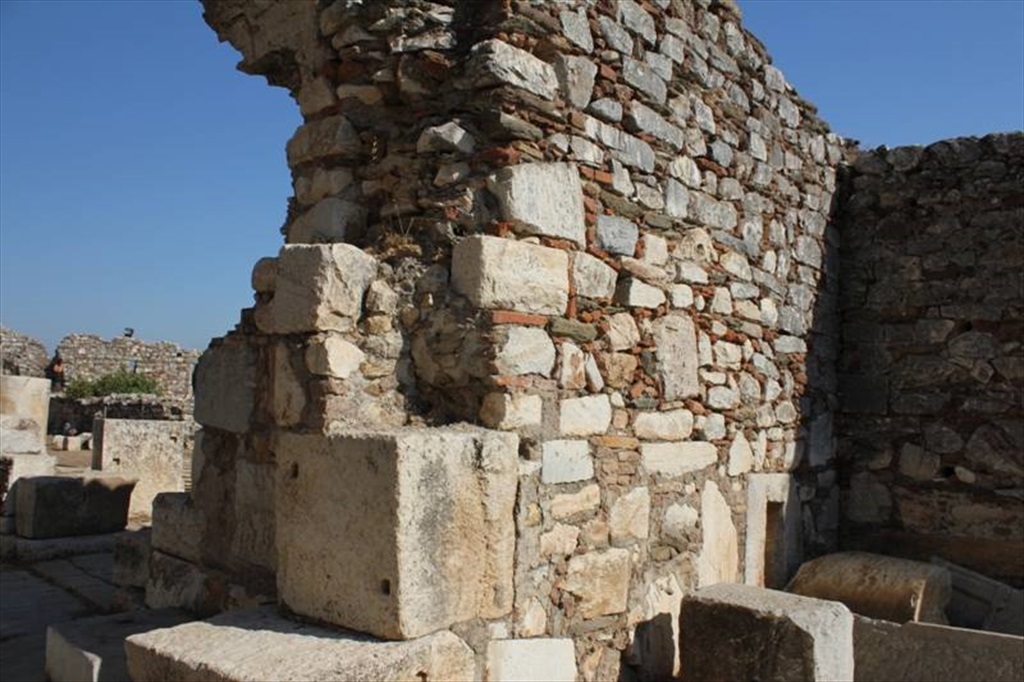
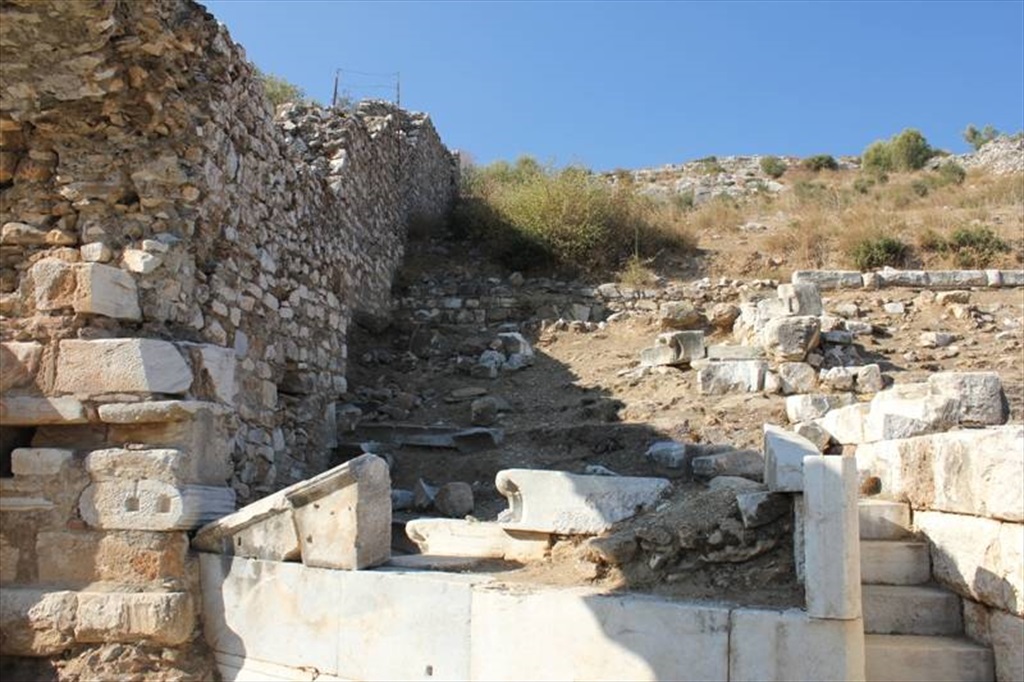

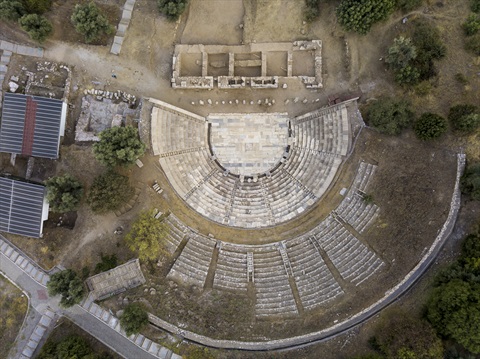








Comments
No comment left, would you like to comment?